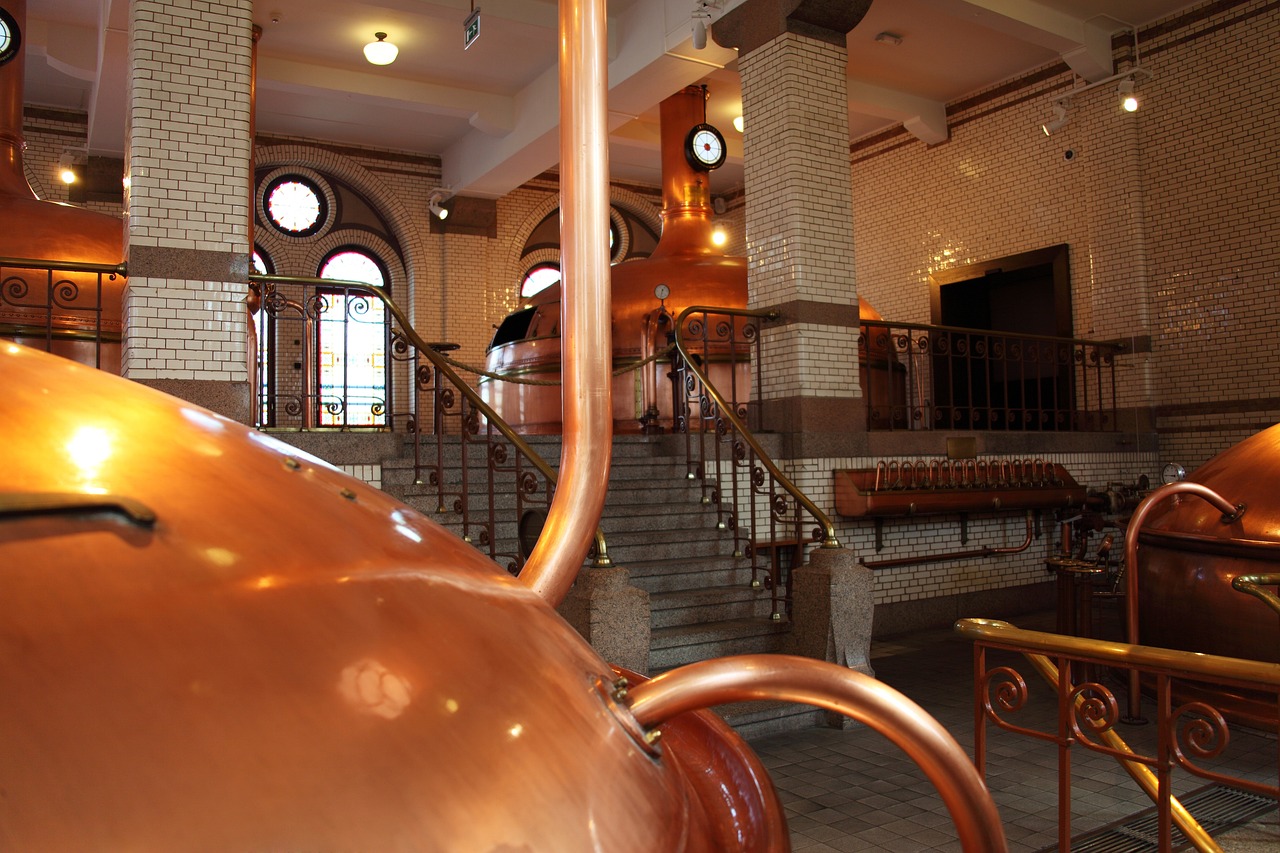Do you dream of crafting the perfect pint or a unique ale that makes tastebuds tingle? If your answer is ‘Yes!’, then constructing your own brewery could be the next big step.
This guide will walk you through different types of breweries, how to come up with a unique style and theme, and key considerations for preliminary planning.
Let’s hop to it!
1. Types of Breweries
For those with a homemade passion for craft beer looking to share their creations on a small scale, a microbrewery might be the perfect fit.
If you desire a more hands-on approach allowing experimentation with unique flavors, then opening a craft brewery will provide just that freedom. These breweries are independent and make less than six million barrels a year.
Large-scale breweries are designed for mass production and distribution across various channels nationally and even internationally.
Whichever type you opt for, integrating smart solutions for brewers such as advanced brewery management systems can streamline processes by tracking raw materials, managing brew logs, or maintaining sales reports – setting up your business for success from day one.
2. Coming Up With The Style and Theme
Your brewery isn’t just a place to make beer – it’s an extension of your brand story. Therefore, deciding on the style and theme is an integral part of the construction process.
A well-thought-out theme will dictate key aspects of the overall design and construction such as materials used, layout planning, signage placement, and lighting fixtures. Safety elements like fire safety enhancements or slip-resistant floor surfaces should seamlessly blend with this aesthetic too.
Additionally, your chosen theme must resonate with your intended clientele’s tastes and align perfectly with the types of beer you plan to produce.
3. Preliminary Planning (Licensing, Zoning & Other Compliance Requirements)
Effective preliminary planning is the backbone of any successful brewery construction. Here are some key areas to pay careful attention to:
- Licensing: Securing both Brewer’s Notice from the Alcohol and Tobacco Tax and Trade Bureau (TTB) and the relevant state and local permits is vital.
- Zoning: Ensure your potential site complies with local zoning regulations. This includes checking if breweries are permissible in your chosen area.
- Compliance Requirements: Adherence to environmental regulations, fire safety codes, and health department standards is mandatory.
The more effort you put into outlining these prerequisites before breaking ground, the smoother your project will go when you commence construction.
4. Site Selection and Design
Selecting the prime spot for your brewery is a pivotal task equal in importance to the brewing process.
In making this key decision, elements such as available space, price, ease of access, room for growth, and close vicinity to potential clientele all hold an incredible amount of weight.
Once a suitable site is chosen, thoughtful design planning jumps into the spotlight. This includes layout not just for brewing equipment but also storage areas, chillers, waste management systems, and more.
5. Construction Phase (Finding a Contractor, Best Practices, Safety Protocols, and More)
Moving into the construction phase of your brewery project is a significant milestone. Here are some vital tips to ensure a smooth building process:
- Finding a contractor: Look for experienced contractors who have insights into specific requirements like ceiling heights for tanks or designing suitable drainage systems.
- Best Practices: Maintain regular communication with your contractor and keep a close eye on budgets. Don’t forget to get all changes in writing to avoid confusion later on.
- Safety protocols: Prioritize safety during brewery construction by adhering to OSHA regulations for safe working conditions. Consider elements such as fire-resistant building materials that comply with relevant safety standards.
- Equipment Installation: Remember that equipment such as brewing kettles or fermenters will require professional installation.
Overall, taking time now to ensure correct procedures can prevent costly mistakes down the line.
6. Finalizing and Launch
Finalizing involves a comprehensive checklist – from quality equipment inspections to ensuring all safety codes are met with flying colors.
It might be tempting to speed things up in this phase, but taking the needed time for thorough fine-tuning guarantees optimal operation post-launch. This includes calibration of brewing systems, training staff on safety, and conducting dry runs to iron out potential hiccups.
Once you’re confident in your well-oiled beer-making machine’s competence, it’s time for a grand launch.
Brewing Your Dreams To Life
Constructing a brewery from scratch is no small feat, but with careful planning, an efficient design and construction approach, and a laser focus on safety protocols, your dream brewery can ferment to life.


































